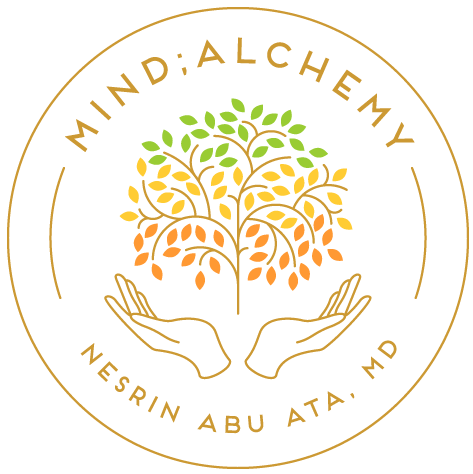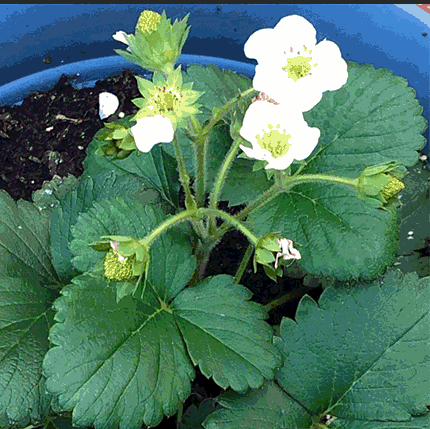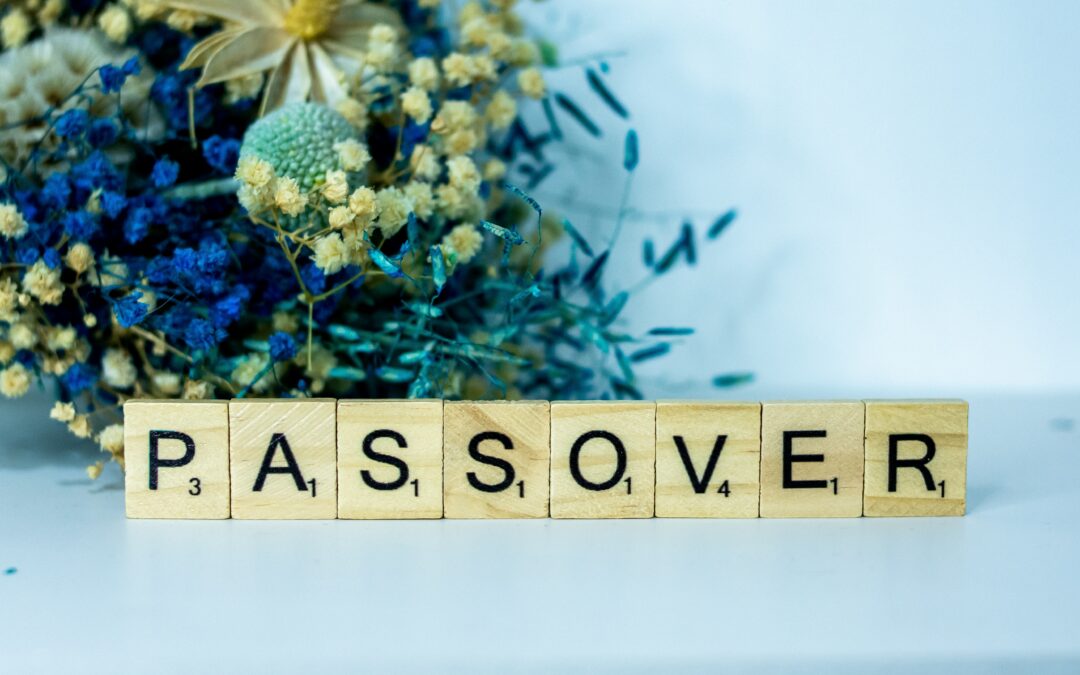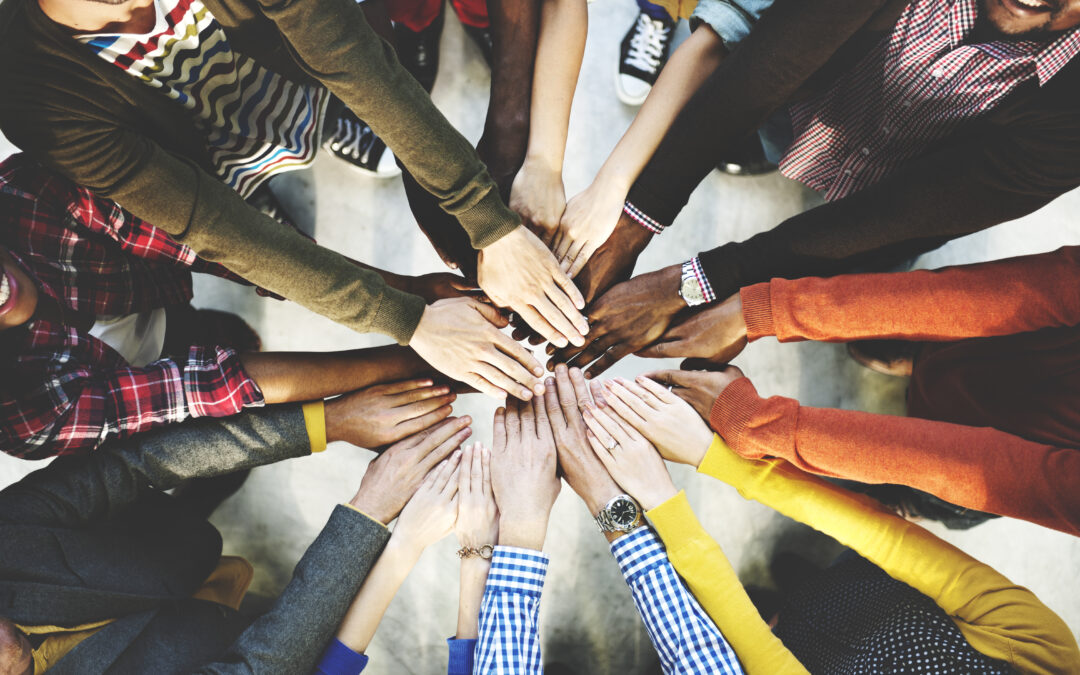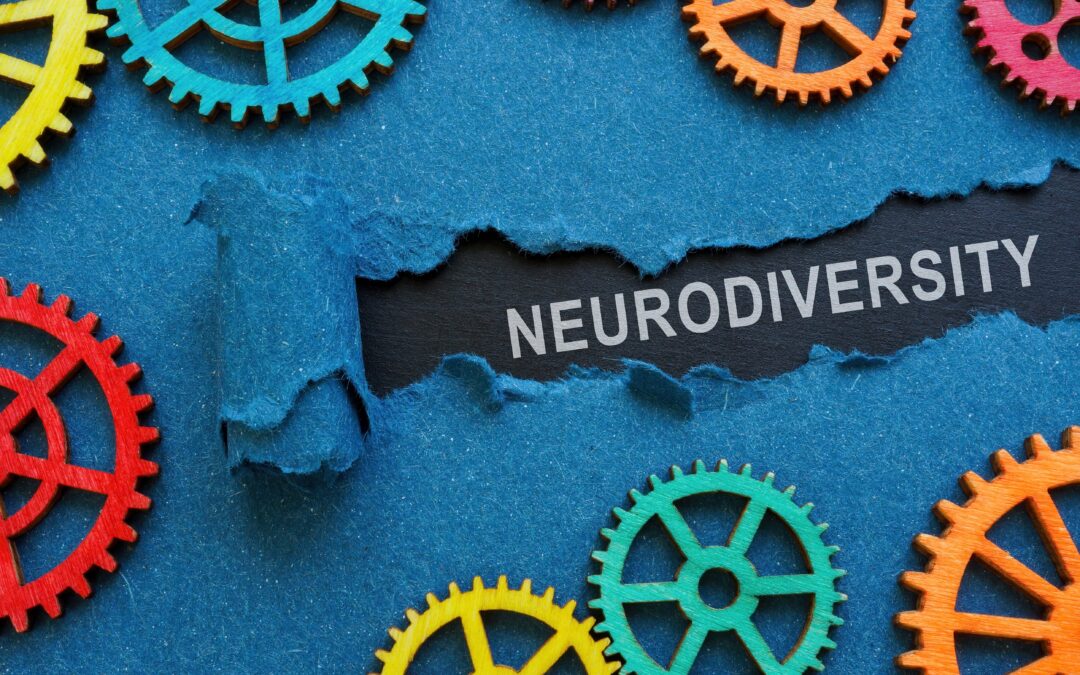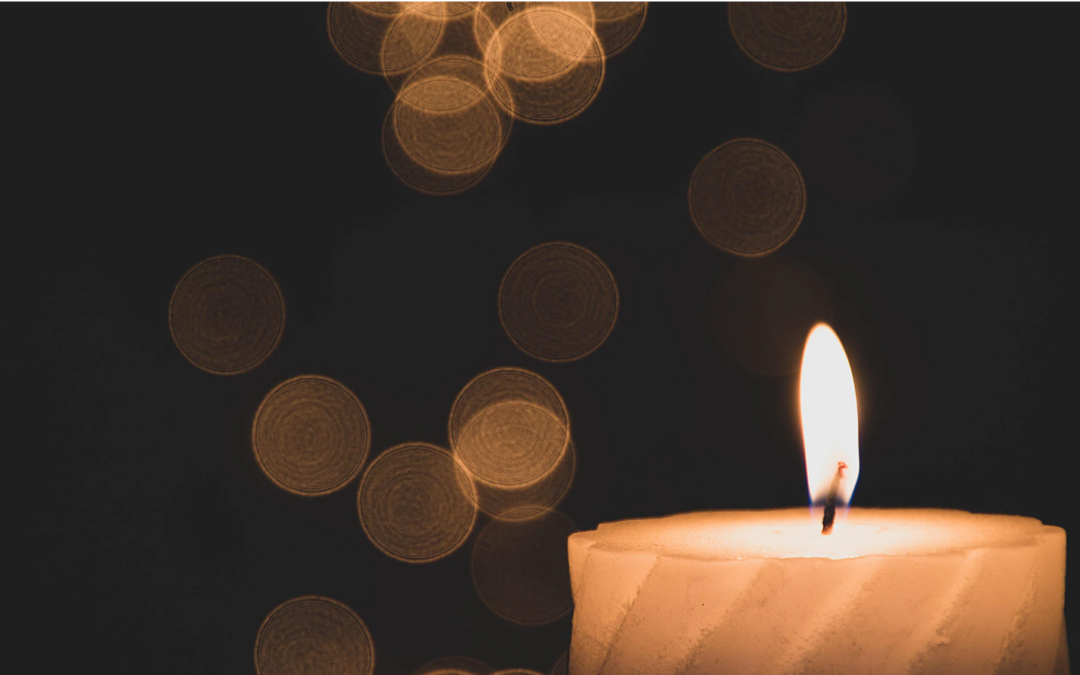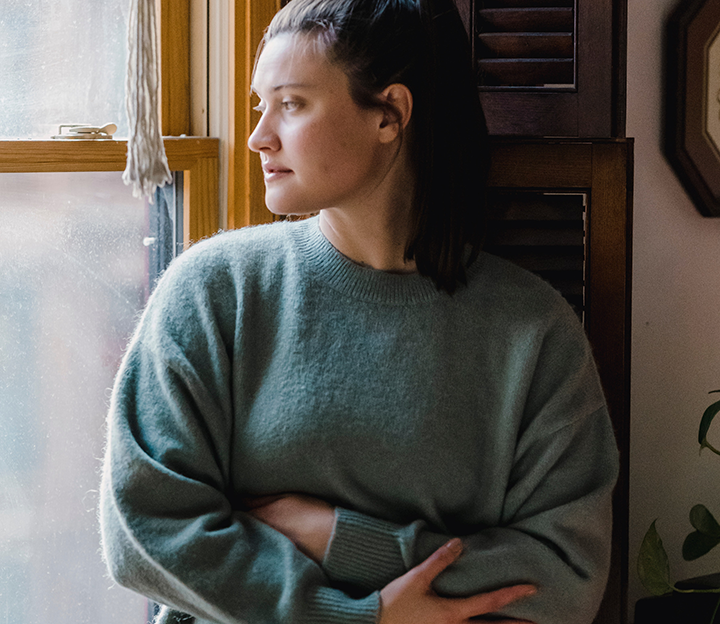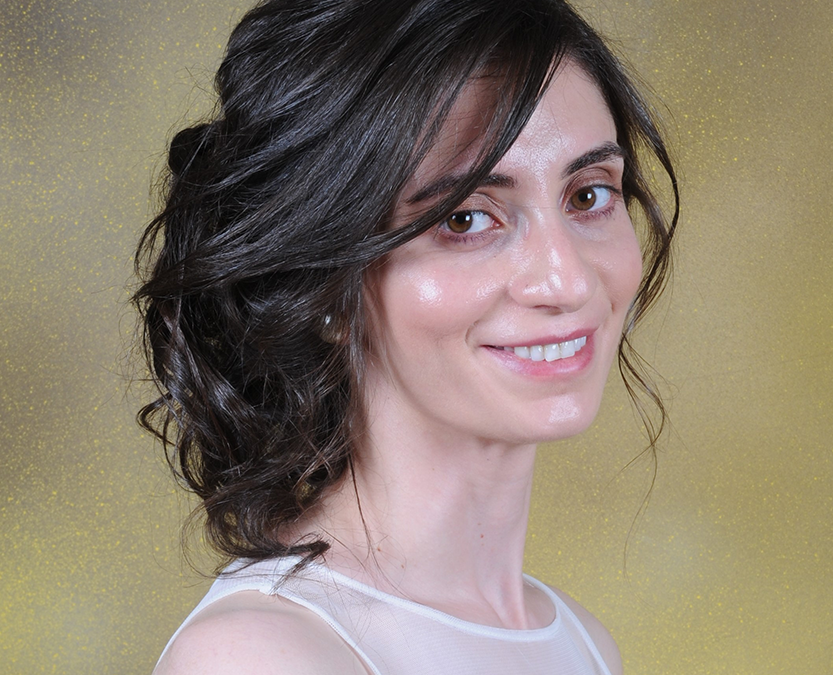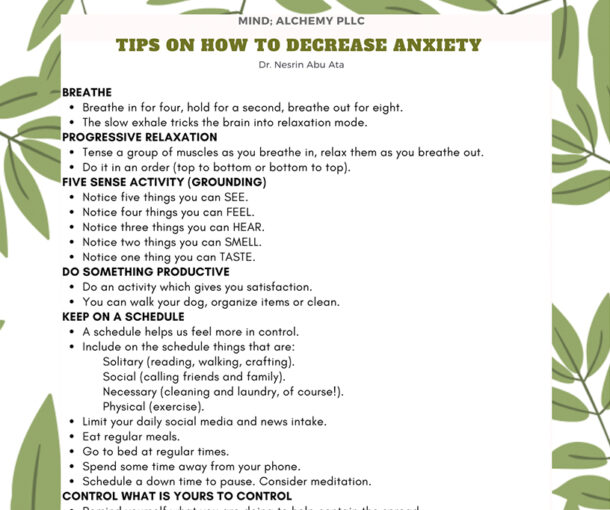A psychiatrist turned into an horticulturist. (Ok, it is an exaggeration, but continue reading and you will get my drift!)
What do plant nurseries and baby nurseries have in common?
When I did my residency in family medicine, I took care of pregnant patients, delivered their babies and followed up the neonates in clinic. I was always fascinated by what I called the “names de jour’. Actually, it was the names of the year. The year 2009, for example, was the year of the Calebs and the Megans. The year 2010 was the year of the Matthews and the Taras.
It was always a fresh breath of air when I would deliver and examine the babies, as I was the first person to welcome them into this new world. It never ceased to amaze me watching a baby take her first breath and open her eyes for the first time to take in the world. Nothing says fresh new beginnings more than that. And, in the baby nursery, I would wonder who these babies would become someday, and how they will navigate the world. Fast forward several years now and when I meet kids in elementary school, I try to guess what year they were born based on their name!
What I never thought that I would say, more than 10 years after my residency, is that I love being in a plant nursery as much as I loved being in a baby nursery. The only difference is that I get to take some baby plants home with me and grow them. Since the pandemic started, I suppose much like everyone else, I was mostly at home and had to take up some hobby. I was inspired by friends who garden and grow their own vegetables. And so my journey with gardening began. As as result, I have become a plant doctor of some sort, if there is such a thing. I can honestly say that plants and humans are not that different.
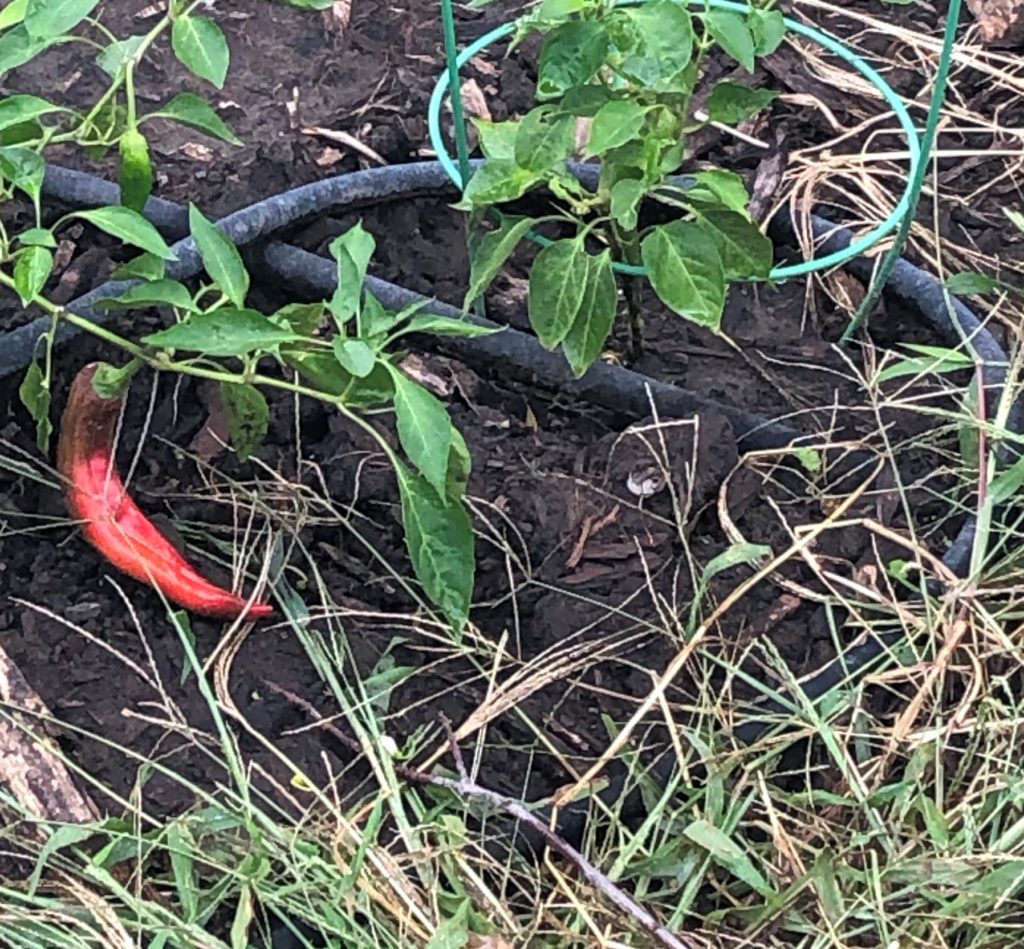
I have found some similarities between plants and people. But more than that, I have learned several lessons from gardening that I would like to share with you to inspire you on your journey of gardening (literally and figuratively) and mental health wellness. (Who knew? You can have your cake – vegetable in this case – and eat it too?)
- 1. Growth is a Mindset and a “Potset”.
- The “Readiness Meter” is a key skill to cultivate for optimal growth.
- Complete Acceptance and Respect for Autonomy of Plants and People.
- Watch Out for The Weeds in the soil and in People’s Minds.
Stay with me, and I will show you how the above four points apply to both plants and people.
Growth is a “Mindset” and a “Potset”.

Plants only grow as big as the pot they are planted in. I found that out last year when my peppers stayed mini papers, even though I was sure that the description on the seed package said they were a large pepper. This year, I made sure I planted the peppers in bigger pots, when they were ready of course.
How is this similar to humans? People’s negative core beliefs and life long held patterns about themselves are similar to planters, for instance. People can only grow as big as their beliefs let them. When people’s views are stagnant and they are not willing to be challenged to expand, it is hard to grow, thrive and be the best possible version of themselves. They get the size of growth that their views allow them.
What is the difference between guiding plants and people to maximize their growth and reach their full potential? With plants, it is easy. You get a bigger planter! Humans are another story. I call it the “awareness factor.”
A human being has to become aware of their limiting beliefs handed down to them from their surroundings, and then make a conscious choice to grow beyond such beliefs. As a result, this self-awareness business is a lot of work! I always wish that I could just transplant someone’s mindset from the limiting beliefs (held in both mind and body) to a vast growth mindset. Alas, it is an internal journey that the person has to be ready and willing to take. Spoiler alert: the growth journey is optional, at least, the first step of becoming self-aware anyway!

The “readiness meter for growth and change” is similar to both plants and people. When I get my small plants in small pots, I carefully monitor and tend to them. The intention is to see when the plant is ready to be transplanted to a bigger planter. The “Readiness Meter” requires two skills: monitoring both the plant (internal conditions) and the weather (external conditions). It takes patience along with some trials and errors. (Spoiler alert: this doesn’t come with a user’s manual! So be prepared to make mistakes!) Some plants are vivacious, and ready to inhabit the next planter. Some are shy and timid and remain the same size even after being transplanted to a bigger pot.
Working with people and learning to skillfully listen to them, I learned to be fully present and mindful of what stages of change and growth a person is in. It is also a trial and error. Sometimes, I get the gestalt that someone is ready for change, and sometimes, when I think the person is not ready for change, I get surprised by the leaps and bounds they take!






Complete acceptance and respect for the autonomy of both plants and people are some must-have skills to hone in. Yes, this takes time, patience, trial and error. I have had some plants that produced a lot of vegetables, while other plants just hung out, basked in the sun, took in the water, and looked pretty without giving any produce for a year or two, or ever! Because of this, I learned to accept that each plant will take its own “journey so to speak” and produce what it is meant to produce.
With that kind of complete acceptance of what a plant is, I also had to let go of my own expectations of what the plant should produce. I came to understand that I had no control over the plant and that my job was to tend to it, provide the appropriate water, sunshine, fertilizer, weed control and protect it from the ever-looming threat of squirrels and rabbits.
Working with people, I have come to learn to accept people for who they are, not who I think they should be. And, who they blossom into has been unique to each person. Every person is unique, just like every plant is unique. A plant’s ‘raison d’etre” is to come into its fullest, and the same goes for people.

Of course, you knew this one was coming, didn’t you? It’s amazing how fast weed grows and slowly takes over the nutrients and growth space for the plants. I learned to be vigilant and take out the weed as soon as I spot it. Similarly, people’s negative beliefs and thoughts can easily take over their sense of self, and get in the way of their journey to becoming their best version of themselves! When people learn to be mindful and tend to such “weed thoughts”, their sense of who they are and what they can do in the world grows stronger.
So, as you read about what is common between plant nurseries and baby nurseries, and how growing plants has many similarities with tending to ourselves on our healing journeys to optimal growth, I have a few questions for you.
- What resonates with you?
- Are there lessons we can learn from plants?
- What surprised you?
- What moved you?
- And what touched you?
You may already have more lessons to share than what I have shared here. I would love to learn from your experience, so please share it in the comments.

